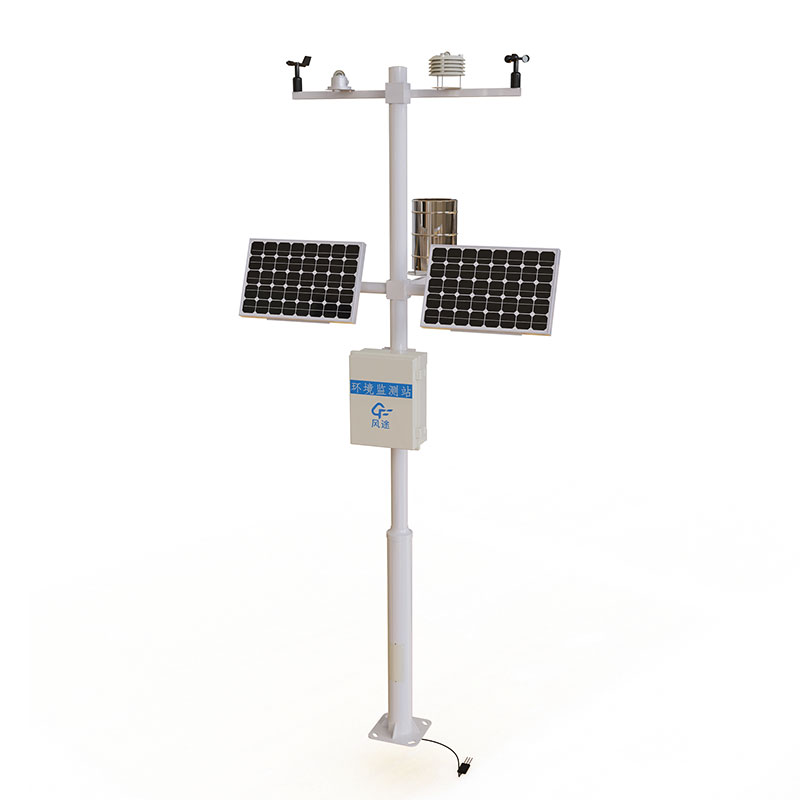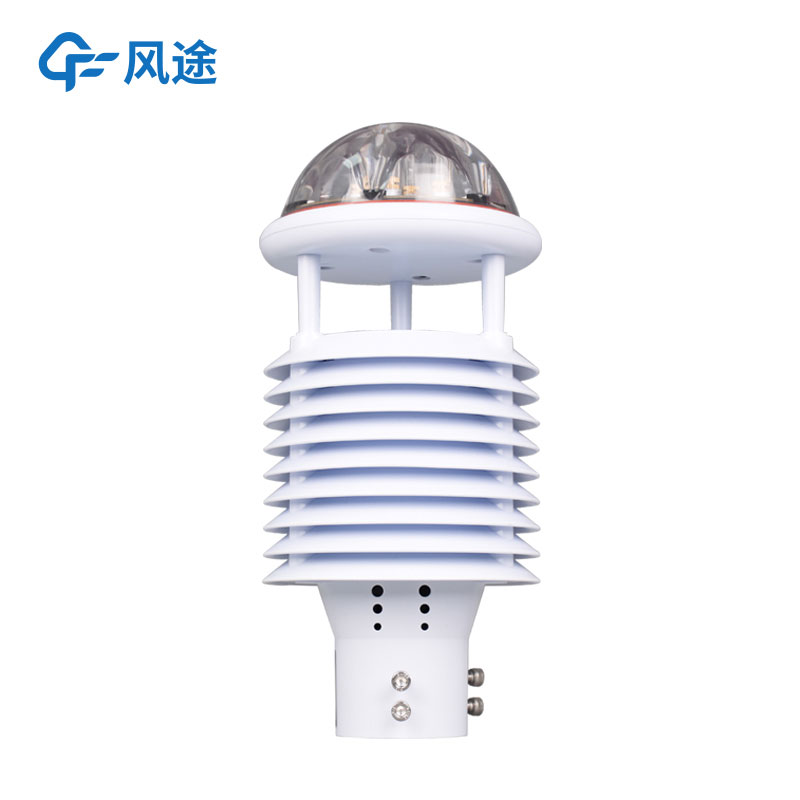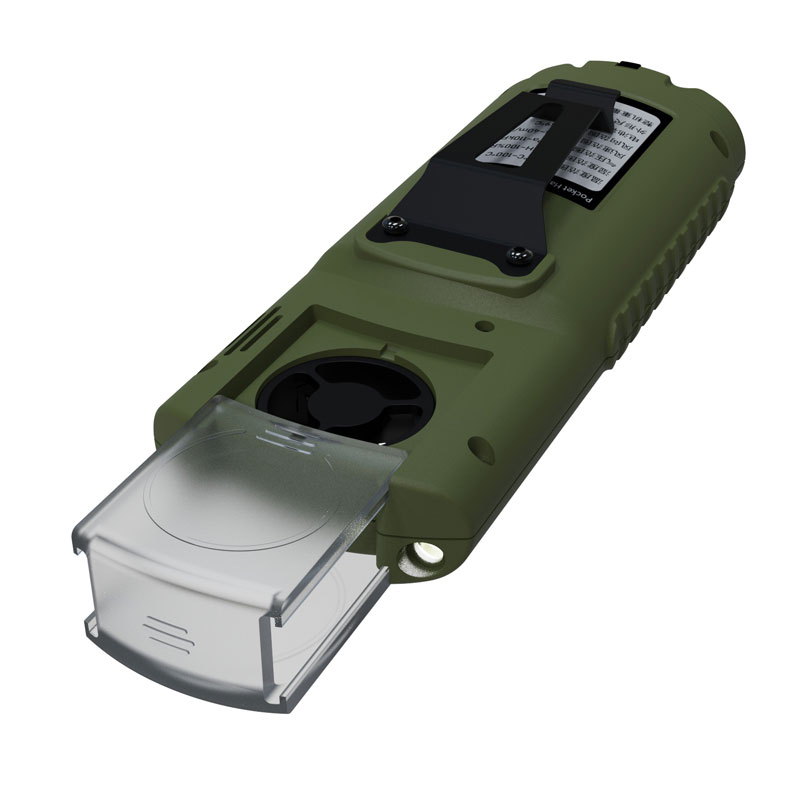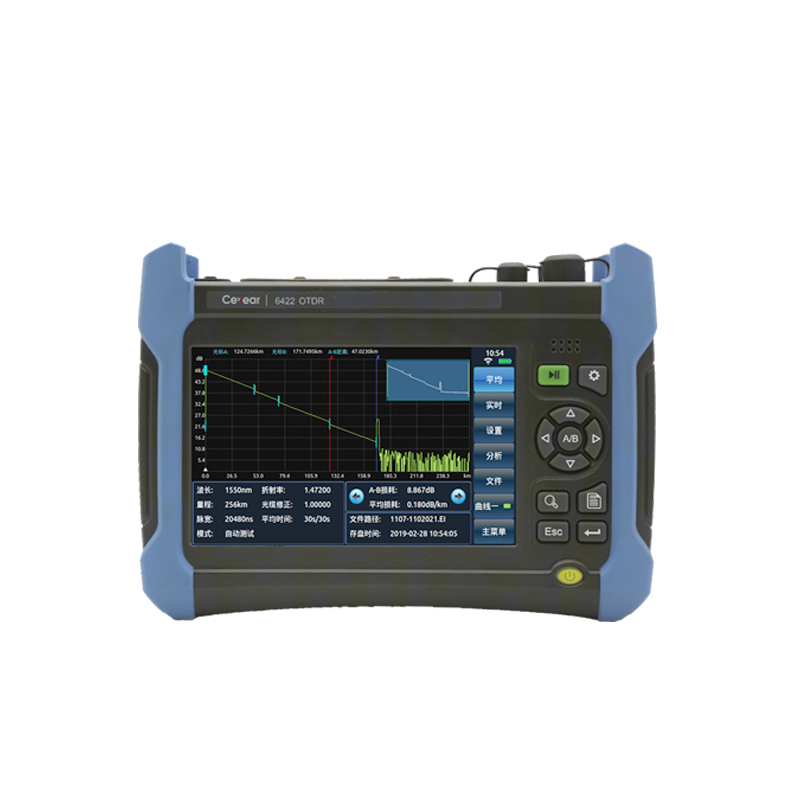Product
Recommended article
- How Forestry Weather Stations Bolster Forest Fire Prevention Efforts
- Discover the Power of Negative Oxygen Ion Monitoring System for Cleaner Air
- Comparative Analysis of Ultrasonic and Automatic Weather Stations in Meteorological Monitoring
- Breaking Through the ‘Last Meter’ with Online Dust Monitoring System
- Mastering Road Conditions with Road Weather Station
- Inhalable Dust Continuous Tester: A Portable Solution for Dust Concentration Monitoring
Contact us
Shandong Fengtu IOT Technology Co., Ltd
Sales Manager:Ms. Emily Wang
Cel,Whatsapp,Wechat:+86 15898932201
Email:info@fengtutec.com
Add:No. 155 Optoelectronic Industry Accelerator, Gaoxin District, Weifang, Shandong, China
Are field microclimate observatories useful?
Article source:Weather station time:2024-04-15 09:12:12 viewed:44times
Meteorological stations play an important role in agricultural production by providing critical information needed for agricultural planning and crop planting arrangements. Crops depend on favourable climatic conditions, such as temperature, humidity, light and water. Through the continuous monitoring and data recording of these elements by agrometeorological stations, agricultural producers can better plan and adjust their production activities, thereby enhancing the efficiency and economic benefits of agricultural production. Data from weather stations help ensure that crops can thrive under optimal growing conditions, leading to abundant output and profitability.
In recent years, the use of field microclimate stations in field management has become more common as the agricultural farming industry continues to progress. The main function of these weather stations is to monitor various meteorological conditions on farmland in real time, including temperature, humidity, wind speed, wind direction, precipitation and light intensity. By collecting these key data, agro-weather stations help farmers understand more accurately the environmental conditions under which their crops grow, so that they can make more reasonable planting decisions, optimise the allocation of agricultural resources, and improve crop yields and quality. The application of such scientific and technological means is of great significance in enhancing the science and accuracy of agricultural production.
The field microclimate observatory collects meteorological information such as temperature and humidity in real time through the installed meteorological sensors. These data are collected by the collector and sent to the management platform through a wireless network. Users can access these data directly on their computers, facilitating real-time monitoring and analysing of farmland climate conditions.
In modern agriculture, weather stations are able to operate automatically under unattended conditions and adapt to a variety of terrains and environments, which significantly extends the coverage of weather monitoring and improves the accuracy and credibility of the data.

This paper addresses:https://www.yf182.com/industry/335.html
Related products
Related article
-
Introduction to the fog warning and monitoring system
2024-06-19 -
How Negative Ion Monitoring Enhances Air Quality and Boosts Tourism in Forest Areas
2024-12-31 -
Fengtu's Air Quality Monitoring Station for Comprehensive Environmental Surveillance
2024-09-10 -
Dust pollution detector to monitor PM2.5
2024-01-24 -
What are forest fire risk factor collection stations for?
2024-07-17 -
Car Vehicle Mounted Auto Weather: Your Precision Weather Companion for Sports Events
2024-10-16 -
Vehicle Weather Station: Mobile Meteorological Sentinel on Patrol
2024-12-19 -
Meteorological monitoring system meteorological monitors
2024-06-21










